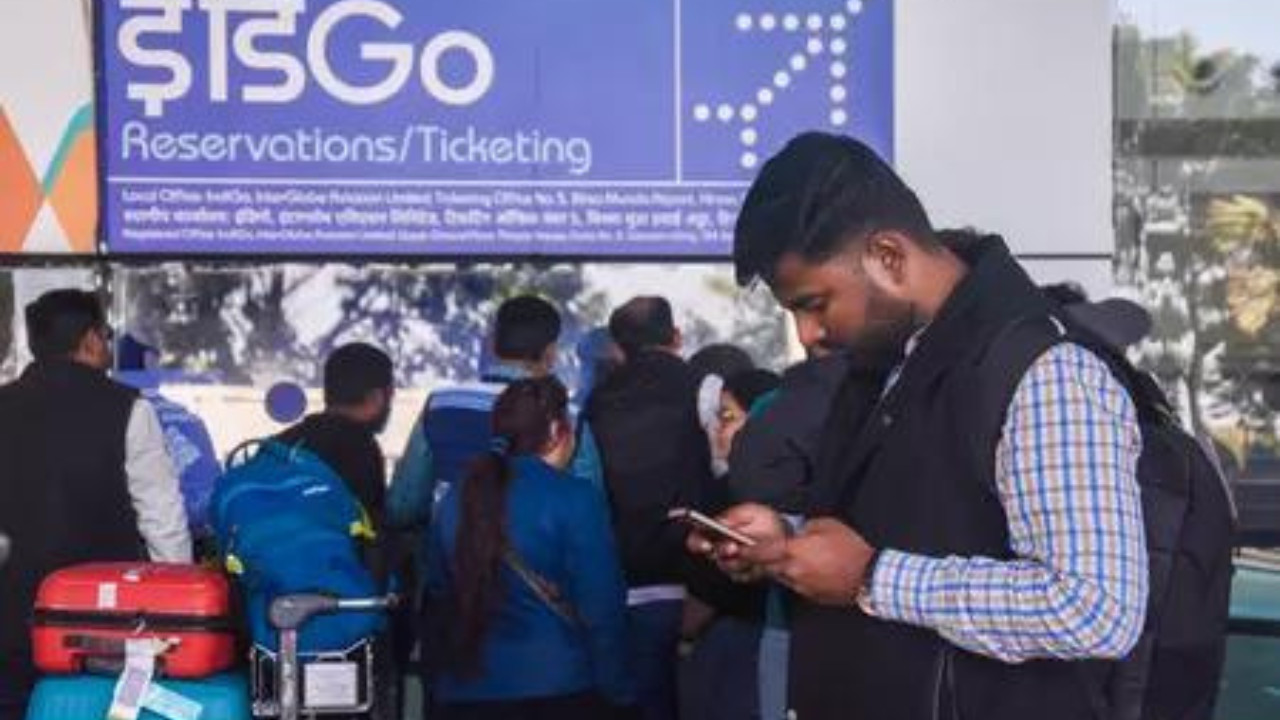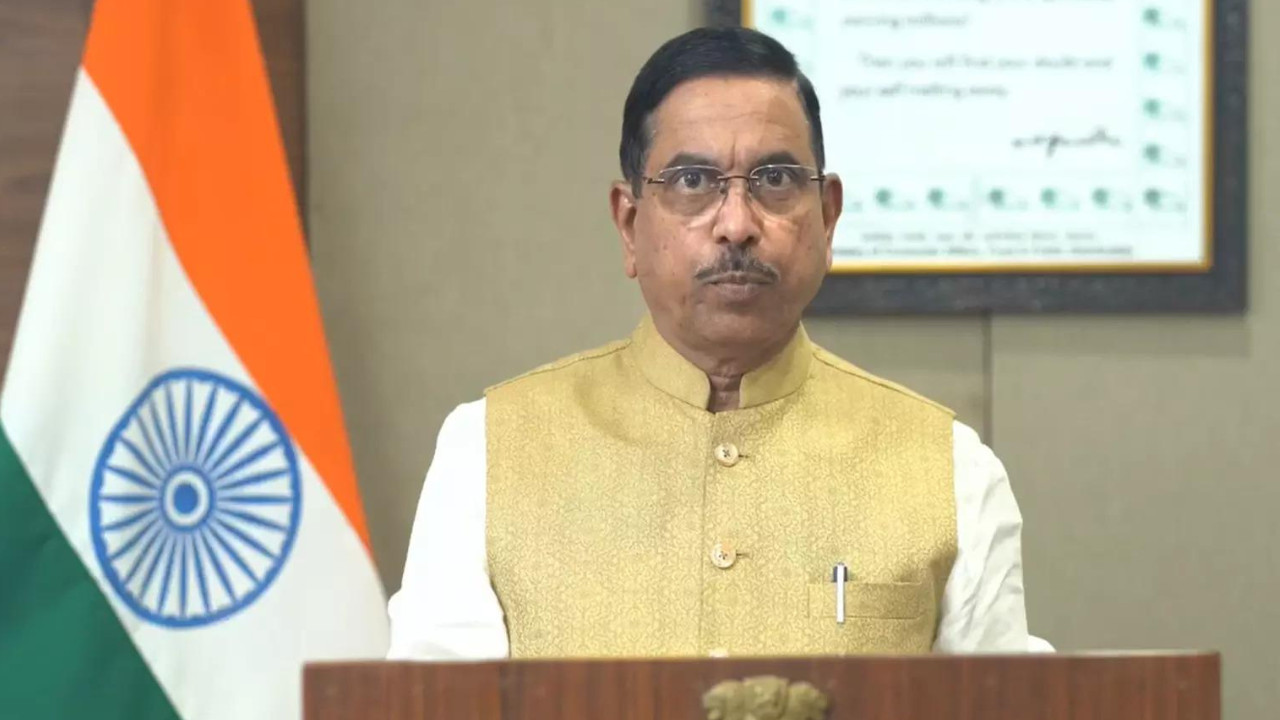America faces its longest federal government shutdown. Economists warn this impasse is hurting the economy. Millions of federal workers are not getting paid. Small businesses are at risk of losing billions. Healthcare and early education programs are also impacted. The economic damage is mounting daily. This situation is creating significant hardship for many Americans.
The Shutdown Shadow: Is America’s Economy Feeling the Pinch?
The clock is ticking. Thirty-one days. That’s how long the United States government teetered on the brink of a shutdown, a political high-stakes game that sent ripples of uncertainty through the nation’s economic waters. And while a last-minute deal thankfully averted the crisis, the lingering questions remain: How close did we come to the edge, and what’s the real cost of such brinkmanship?
It’s not just political theater. These shutdowns, or even the threat of them, carry very real consequences. We’re talking about more than just closed national parks and delayed passport applications. The real hit comes to the economy, and recent events paint a pretty stark picture of just how vulnerable we are.
The immediate fear, of course, was a full stop for numerous government services. Imagine the cascading effect: federal employees furloughed, contracts put on hold, and a general sense of unease spreading across various sectors. That unease, as it turns out, has a price tag.
Billions Vanish: Quantifying the Economic Impact
How much, exactly? During this recent 31-day dance with disaster, estimates suggest that over $7 billion was effectively wiped out from the US economy. That’s a staggering number, and it represents a very tangible loss in productivity, consumer spending, and overall confidence. It’s the kind of jolt that can send tremors through an already delicate economic landscape.

Think about it this way: federal employees, unsure about their paychecks, are less likely to spend freely. Businesses reliant on government contracts delay investments. Tourists postpone trips. All of this contributes to a slowdown that affects everyone, from the corner store to major corporations. This makes long-term economic recovery efforts even more challenging.
Beyond the Headlines: The Ripple Effect
The most visible impacts – shuttered national monuments, for instance – are easy to understand. But the shutdown’s tentacles reach much further. Consider the impact on scientific research, a cornerstone of innovation and long-term growth. Projects are delayed, data collection is disrupted, and vital momentum is lost. The cost of these delays extends far beyond dollars and cents; they represent a setback in our collective pursuit of knowledge and progress.
Furthermore, the shutdown threat casts a shadow on international relations. When the US government appears unstable, it undermines confidence in its ability to meet its obligations and uphold its commitments. This can damage trade relationships, discourage foreign investment, and weaken America’s standing on the global stage. We need to ask ourselves about the systemic risks we’re introducing.
And then there’s the psychological impact. Constant political turmoil erodes public trust in government and institutions. This cynicism can lead to decreased civic engagement, a decline in social cohesion, and a general sense of malaise that permeates society. It’s a difficult thing to quantify, but it’s arguably one of the most damaging long-term consequences of these repeated shutdowns. It can have dire consequences on the economic recovery and stability of the United States.
Can Anything Be Done?
The good news is that this pattern doesn’t have to continue. While political disagreements are inevitable, finding common ground on essential government functions is crucial for the nation’s economic well-being. Exploring alternative budget processes, implementing automatic continuing resolutions, or even establishing independent commissions to manage critical services could help insulate the economy from the damaging effects of political gridlock. Learn more about ways to build financial resilience by checking out our article on [navigating economic downturns](internal-link-to-related-article).
The recent brush with a government shutdown served as a stark reminder of the fragility of the American economy. While a full-blown crisis was averted this time, the underlying issues remain. We must strive for a more stable and predictable political environment if we want to ensure a prosperous future for all. Ignoring the warnings signs may impact economic recovery in unexpected ways. The stakes are simply too high to continue playing these dangerous games.







